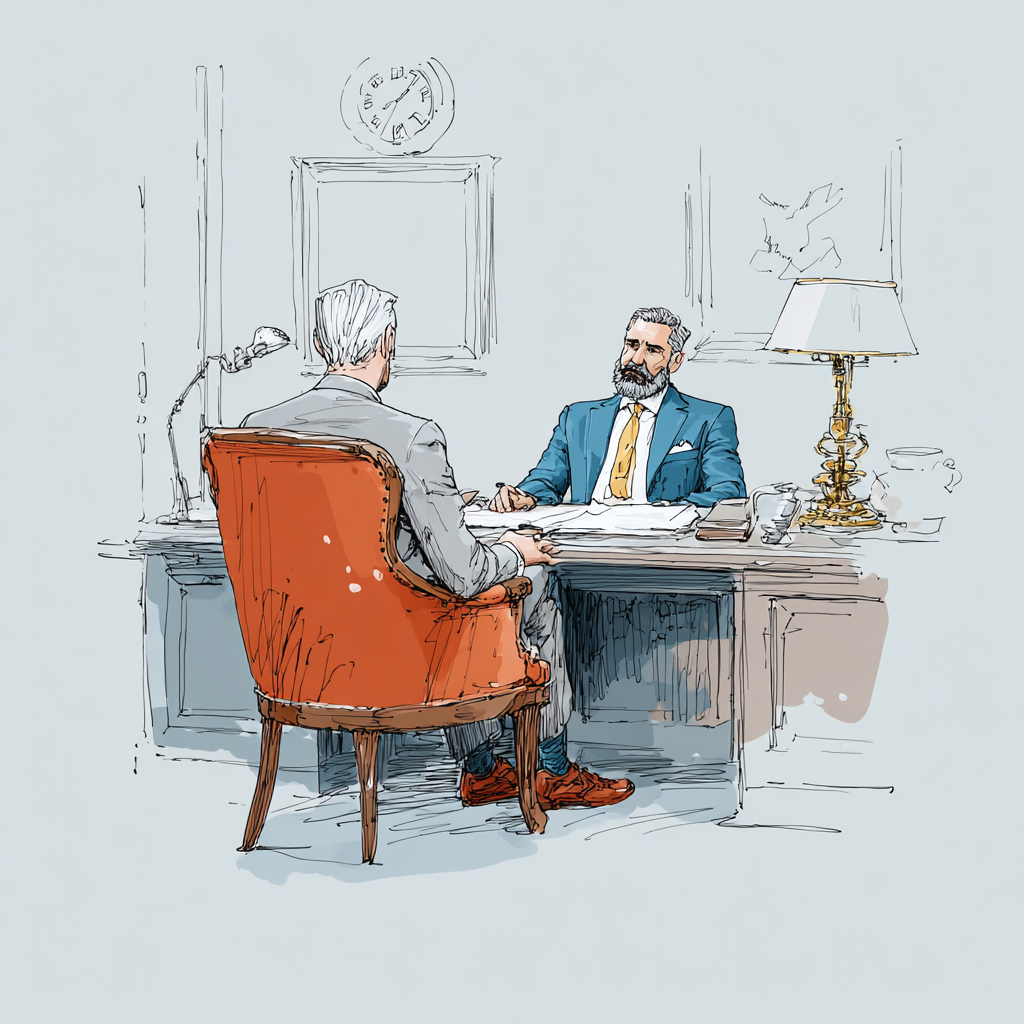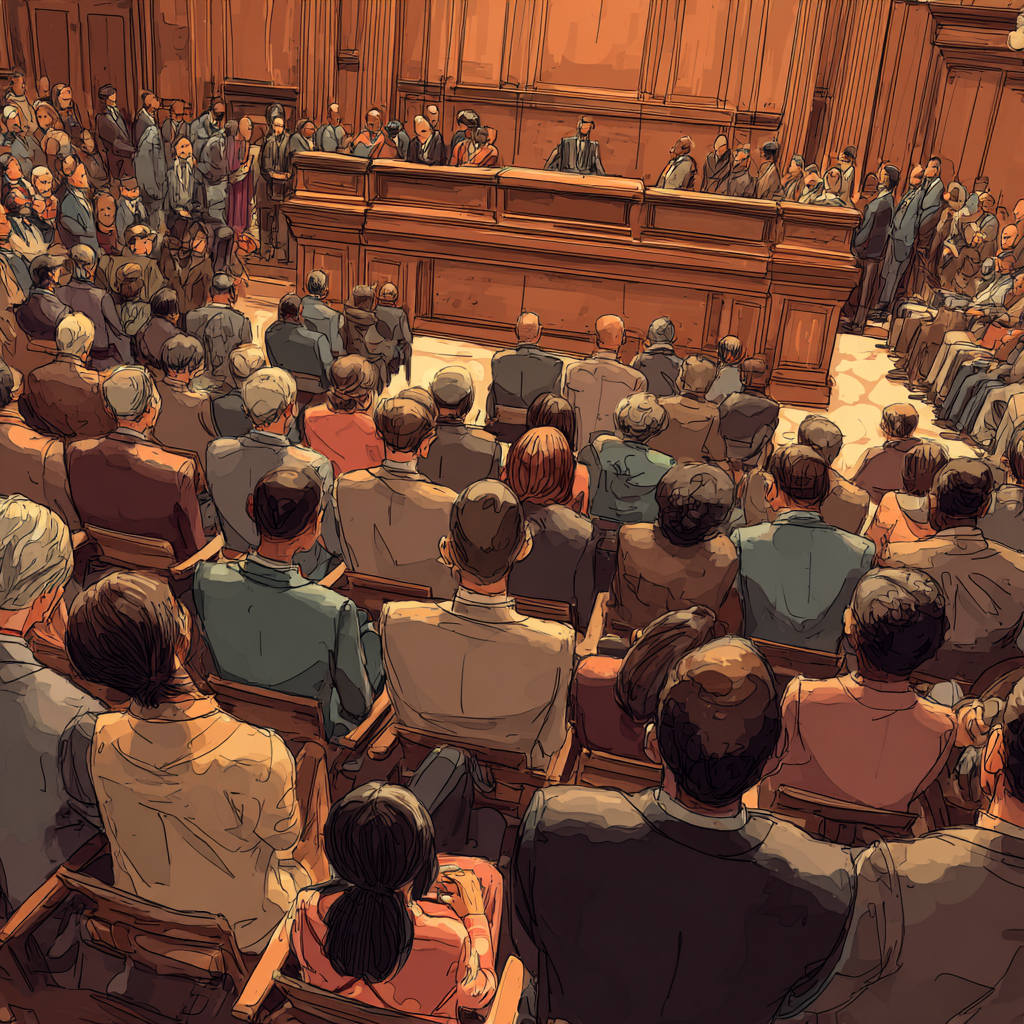Uber is currently facing thousands of sexual assault claims. Complainants across the country allege that Uber drivers sexually abused them and that the company is liable because it didn’t screen its drivers properly, didn’t implement basic safety measures, and ignored past complaints.
These Uber sexual misconduct cases have now been merged in a multidistrict litigation (MDL 3084), In re: Uber Technologies Inc., Passenger Sexual Assault Litigation. As of October 6, 2025, over 2,500 complainants in more than 29 states have filed lawsuits, and this number is expected to increase throughout 2025. Uber’s safety report includes incidents of sexual violence, such as sexual assault and rape, that occur during uber trips. These cases occur at a rate that, while rare compared to the total number of uber trips, still raises significant safety concerns.
Is Uber Safe? Our Rideshare Safety Guide
As of 2023, Uber had completed 9.44 billion rides, making it the largest rideshare company globally. Thus, if you don’t own a motor vehicle and are looking to travel or go out with family or friends without having to be responsible for driving yourself, most likely you have used Lyft, Uber, or any other rideshare platform.
Sadly, thousands of female passengers are kidnapped, sexually assaulted, harmed, or trafficked at the hands of Uber drivers.
Uber’s safety report, published between 2019 and 2020, revealed that 3,824 cases of the five major categories of sexual abuse occurred in just a year. That represents a 38% decline from the 5,981 cases recorded in the previous period. But despite that decrease, the numbers show that sexual misconduct is still a significant concern for Uber passengers. In just one year, there were 141 rape reports, down from 247 in the previous period. The data collected in these reports is crucial for understanding the scope of safety concerns and for developing better safety protocols.
These safety statistics pinpoint the safety concerns with Uber and other rideshare platforms. Uber’s critics cite these safety issues:
- Lack of in-vehicle recording: Uber drivers aren’t mandated to have video cameras and other recording devices in their vehicles, unlike taxi drivers. That’s because they’re driving their own cars, and they’re 1099 contractors. Since rides aren’t monitored by audio or video records unless a driver opts in, that creates an unsafe environment for female passengers.
- Faulty background checks: Perpetrators can seal, hide, or even expunge their criminal records, making it easier for them to pass Uber’s checks. Although Uber conducts background checks on their drivers and even has basic requirements, critics feel that faulty background checks are the primary cause of the sexual misconduct incidents.
- Lack of customer support and adequate safety features: Although Uber has some basic safety features, including sharing your location with trusted contacts and the ability to text 911, many victims of Uber sexual misconduct incidents say they were unable to use those features at the time of the unfortunate incident.
- Lack of customer support following the devastating incident: Many victims say that once they report the issue to the rideshare platform, the company never follows up after the initial report is made. Further, survivors of Uber sexual assault say they were never sure if the driver continued to cause more harm or if they had been reported in the past.
Uber is required to comply with the law regarding safety regulations, background checks, and driver conduct to protect passengers. Lawsuits have been filed in multiple states and cities, highlighting the importance of following both state and city laws to ensure rider safety.
Background: Why Riders Are Suing Uber
Most of the Uber passenger assault lawsuits filed to date mainly focus on claims that the company didn’t do what was required to protect female riders from sexual abuse, assault, and harassment. That includes claims that the company ignored many sexual assault incidents involving its drivers for years. Key Uber rider assault allegations include:
- Uber didn’t properly screen drivers: Uber sexual misconduct cases allege that the company failed to adequately screen drivers, including not conducting thorough background checks or ensuring drivers complete all required screenings before being allowed to drive for Uber. Plaintiffs argue that Uber should regularly review driver eligibility and safety records to ensure only qualified individuals are permitted to drive. This claim is consistent with the broader allegation that the company prioritized generating more profits over its riders’ safety. Additionally, current drivers must undergo periodic background checks to maintain their status on the platform.
- Uber has been accused of implementing inadequate safety measures: sexual misconduct cases against the company also claim that the company failed to implement safety measures to protect its passengers. The company was unable to implement mandatory video and audio recording, and it didn’t pair female riders with female drivers to reduce the risks of sexual misconduct. Verifying the driver’s license and compliance with all legal and safety requirements is a critical part of ensuring passenger safety.
- The company covered up and ignored sexual assault claims: Internal reports from Uber show that the rideshare platform receives thousands of sexual assault reports per year. But, complaints in sexual misconduct lawsuits claim, it didn’t act on those reports with the level of effort and urgency needed.
- The company breached its contract by not protecting passengers: Uber sexual assault lawsuits state that the company had an obligation to implement rider safety measures to curb sexual assault incidents. Yet, the company didn’t meet that obligation, entitling plaintiffs to take legal action to pursue compensation in federal or state courts.
- Uber’s rideshare app and platform are faulty: Uber sexual assault claims also claim that Uber’s rideshare platform and app are faulty. Those are product liability lawsuits based on claims that the company’s platform and apps weren’t properly designed to shield female riders from sexual abuse, assault, and harassment.
Details of the Ongoing Uber Sexual Assault Case
Most of the federal rideshare sexual abuse cases against Uber have been merged into MDL 3084. As of October 2, 2025, 2583 lawsuits are active in the MDL.
On October 1, 2025, a jury in San Francisco ruled the company wasn’t responsible in the first sexual assault trial in California. After 16 days of jury deliberation and trial, the jury concluded that Uber wasn’t accountable for the sexual misconduct against an 18-year-old student, Jessica, who claimed an Uber driver had assaulted her. The jury determined the company was negligent regarding the safety measures it had implemented to protect the rider’s safety, but that negligence wasn’t a key factor in her assault.
During the trial, the company maintained that it shouldn’t be held responsible for the wrongdoings committed by its drivers and that its safety disclosure and background checks were adequate.
That was the first trial in a Judicial Council Coordinating Proceeding (JCCP) in California. The JCCP involves more than 700 state-level sexual abuse lawsuits against Uber. Again, 2,583 lawsuits are also active against Uber in a nationwide MDL, with the first bellwether trial (test trial) scheduled for January 2026.
Additionally, these trials provide other complainants with an idea of how their cases may proceed. In the California lawsuit, the plaintiff had requested a jury award of compensation ranging between $175,000 and $1.2 million. The California resident had sued the company in 2021 following a 2016 sexual abuse by a driver who purportedly kissed, groped, and restrained her during a ride.
In addition to sexual abuse claims, lawsuits can also arise from an accident, where legal and safety concerns following a rideshare incident may lead to litigation over insurance coverage, driver responsibility, and company policies.
In other words, the Californian jury concluded that the plaintiff, Jessica, had been harmed by other causes before her Uber ride that ended in her sexual assault.
Unfortunately, that verdict will encourage Uber to focus its defense strategies more intensely on the complainant’s pre-existing injuries. However, not all claimants will go to court with pre-existing injuries like Jessica had.
Claimants in future test trials now have a blueprint for success–how to prove that Uber was negligent–and will decipher how to overcome the causation issues that doomed Jessica’s lawsuit.
At the moment, there’s no Uber class action sexual assault lawsuit involving the platform’s alleged failure to protect riders. Instead, past Uber riders are filing claims in the federal Uber sexual assault MDL and in the California state court. If you believe you’re eligible to sue the company for sexual misconduct, contact an attorney promptly to learn your legal options.
How Uber Has Responded to the Allegations
Uber has employed a multifarious legal approach.
Key defense strategies include:
- Independent contractor model: The company claims that its drivers aren’t employees, but relatively independent contractors. This legal approach limits the company’s culpability for its negligent actions. That argument is the cornerstone of the company’s defense in most lawsuits. By arguing that drivers are independent contractors, the company seeks to shift blame for misconduct to individual drivers.
- Safety mechanisms: Additionally, Uber has implemented several safety features, including a PIN verification feature that helps verify the passenger’s identity and vehicle before starting the ride. Riders can verify their ride by checking the license plate number, car make and model, and using the Uber app to confirm trip details. The Uber app allows users to access a Safety Center, connect with a safety agent or emergency contact during a trip, and share trip status and trip details with trusted contacts. Riders are notified of safety updates or law enforcement actions, and can report if they feel unsafe during a trip or are in a non-critical emergency situation. Uber’s support team is trained to respond quickly to urgent safety issues. The Uber app also provides privacy features such as phone number anonymization, and detects a crash to respond accordingly. Insurance coverage is provided during Uber rides, and riders are reminded to wear a seat belt before riding. Safety features are available while riding, including at night, and are implemented in different cities, though some features may be limited on certain devices or platforms. The app plays a central role in providing these safety tools. Practical safety tips for Uber riders include always checking the license plate number, verifying the car, sharing trip details, and using in-app safety features. These safety mechanisms are meant to reassure the public and courts that the company takes passenger safety seriously.
- Discovery disputes: The company has also resisted elaborate discovery requests, claiming they’re too broad and cumbersome. Uber maintains that those requests exceed the bandwidth required to litigate individual lawsuits.
The company’s position as a technology app rather than a transport company is fundamental in its defense. By positioning itself as an impartial intermediary, the company wants to distance itself from the negligent actions of its drivers.
However, legal experts argue that this stance is inconsistent with the level of control the company exercises over driver operations, including ride matching, fare setting, and even driver deactivation.
What the Lawsuits Reveal About Uber’s Safety Measures
The company’s background screening processes have been widely criticized. Uber passenger assault lawsuits allege that those checks are superficial, enabling drivers with criminal records to be hired. That has raised massive alarms over passenger safety and the effectiveness of the company’s screening process.
Compared to other rideshare service providers, Uber faces similar scrutiny regarding safety standards and background checks. Industry-wide, rideshare services are expected to uphold strict safety protocols to protect both riders and drivers.
Uber enforces community guidelines that promote safety, inclusivity, and proper conduct. These guidelines emphasize the importance of respect among all users, and any person who violates these policies may be removed from the platform to maintain a safe environment. Riders also have the option to request a female driver for added comfort and safety.
Uber’s screening inadequacies are significant oversights, highlighting a systemic failure to make Uber safe for riders. Additionally, ongoing lawsuits have highlighted these flaws, prompting discussions about implementing robust screening processes and regular monitoring to ensure passenger safety.
Impact on Riders: Safety Concerns and Risks
The active Uber sexual misconduct litigation is critical not only for the victims and the rideshare company itself, but also for the broader legal arena and the entire rideshare industry.
This litigation has exposed the need for robust safety mechanisms, responsible hiring practices, and comprehensive background checks within rideshare companies. If these companies don’t address these concerns proactively, they may face similar legal battles, which could harm their reputation and erode trust among their users.
The legal actions could accelerate changes in the regulation of the rideshare industry. Regulators and lawmakers may be forced to introduce harsher policies governing these companies, making sure they prioritize making Uber safe over making more profits. New regulations may include thorough vetting of drivers, mandatory safety mechanisms, and hefty fines for non-compliance.
Additionally, Uber sexual assault lawsuits pose the question of liability in this digital age. As the world becomes more connected and services become more digitized, the lines of accountability and responsibility can get blurred. These lawsuits could set a precedent for how digital apps and platforms, such as Uber, are held liable for the negligent actions stemming from their services.
What Comes Next in the Uber Sexual Assault Litigation
On September 22, 2025, Judge Breyer ordered two test cases moved to North Carolina. The judge announced after consulting with the Judicial Panel on MDL and the Administrative Office’s Committee on Assignments. The Honorable Judge clarified that both lawsuits will constitute cases that will be heard in Trial Wave 1, which he will oversee. The transfer will increase the number of North Carolina lawsuits, enabling Judge Breyer to lead jury trials in that district.
Additionally, the first federal test trial in Northern California is still set for January 7, 2026. An additional schedule of bellwether trials is still to be disclosed. Although the outcomes in these test trial cases won’t bind the other cases in the multidistrict litigation, they will serve as crucial evaluations of how those lawsuits will fare in court, and that will influence Uber’s compensation payouts in the final resolution.
At the moment, there’s no fixed Uber settlement amount, but Uber sexual assault attorneys predict the settlement amount may range between $300,000 and $2 million per claim, depending on:
- The severity of the sexual assault
- The strength of the evidence linking the company’s negligence to the assault
- Whether the driver has a criminal record
- State-specific factors, such as the availability of punitive damages.
If an Uber driver sexually abused you, you may qualify to file a claim and pursue financial compensation to cover your damages. Contact a skilled lawyer today to learn your legal options.
At Allconsumer.com, we offer elaborate consumer reviews and guides for a broader range of services and products. Sign up for our latest newsletter to stay up-to-date with consumer issues.



